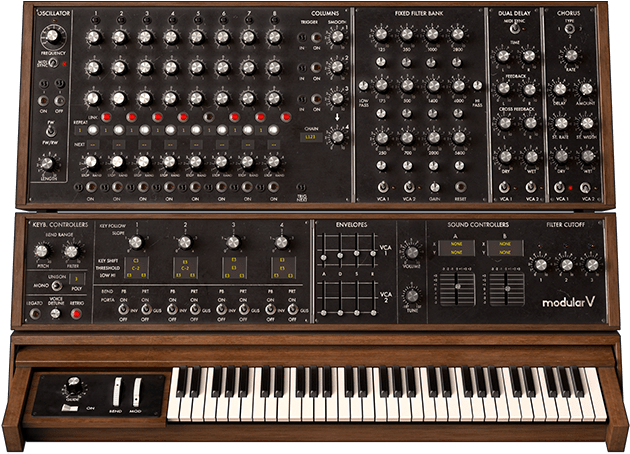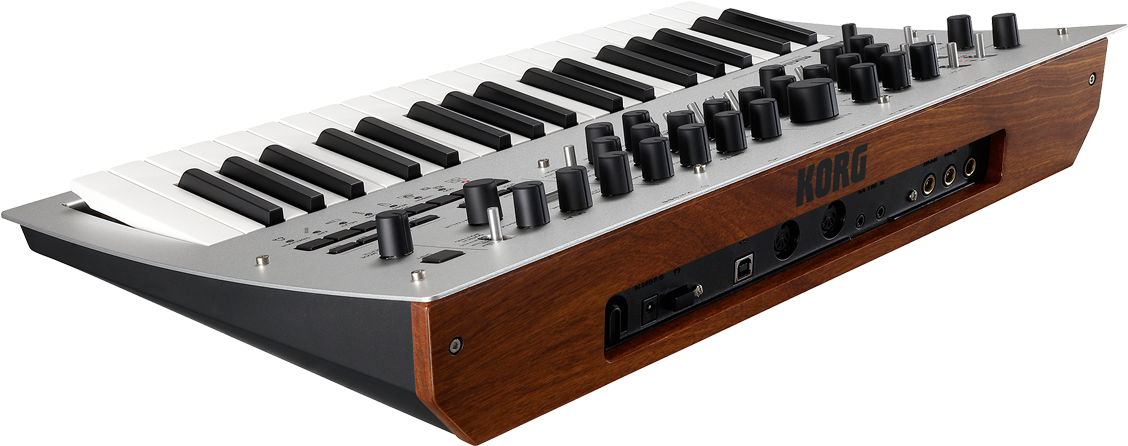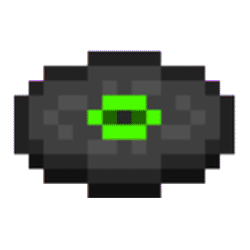SYNTH |


Playlist Ambient rock (or music) is a genre of music that emphasizes tone and atmosphere over traditional musical structure or rhythm. A form of instrumental music, it may lack net composition, beat, or structured melody. It uses textural layers of sound which can reward both passive and active listening, and encourage a sense of calm or contemplation. The genre is said to evoke an "atmospheric", "visual", or "unobtrusive" quality. Nature soundscapes may be included, and the sounds of acoustic instruments such as the piano, strings and flute may be emulated through a synthesizer. The genre originated in the 1960s and 1970s, when new musical instruments were being introduced to a wider market, such as the synthesizer. It was presaged by Erik Satie's furniture music and styles such as musique concrète, minimal music, Jamaican dub music and German electronic music, but was prominently named and popularized by British musician Brian Eno in 1978 with his album Ambient 1: Music for Airports; Eno opined that ambient music "must be as ignorable as it is interesting". It saw a revival towards the late 1980s with the prominence of house and techno music, growing a cult following by the 1990s. Ambient music may have elements of new-age music and drone music, as some works may use sustained or repeated notes. Ambient music did not achieve large commercial success, being criticized as everything from "dolled-up new age, [..] to boring and irrelevant technical noodling". Nevertheless, it has attained a certain degree of acclaim throughout the years, especially in the Internet age. Due to its relatively open style, ambient music often takes influences from many other genres, ranging from classical, avant-garde music, folk, jazz, and world music, amongst others. As an early 20th-century French composer, Erik Satie used such Dadaist-inspired explorations to create an early form of ambient/background music that he labeled "furniture music" (Musique d'ameublement). This he described as being the sort of music that could be played during a dinner to create a background atmosphere for that activity, rather than serving as the focus of attention. In his own words, Satie sought to create "a music...which will be part of the noises of the environment, will take them into consideration. I think of it as melodious, softening the noises of the knives and forks at dinner, not dominating them, not imposing itself. It would fill up those heavy silences that sometimes fall between friends dining together. It would spare them the trouble of paying attention to their own banal remarks. And at the same time it would neutralize the street noises which so indiscreetly enter into the play of conversation. To make such music would be to respond to a need. By the early 1990s, artists such as Grouper, Aphex Twin, Seefeel, the Irresistible Force, Biosphere, and the Higher Intelligence Agency gained commercial success and were being referred to by the popular music press as ambient house, ambient techno, IDM or simply "ambient". The term chillout emerged from British ecstasy culture which was originally applied in relaxed downtempo "chillout rooms" outside of the main dance floor where ambient, dub and downtempo beats were played to ease the tripping mind. London artists such as Aphex Twin (specifically: Selected Ambient Works Volume II, 1994), Global Communication (76:14, 1994), The Future Sound of London (Lifeforms, 1994, ISDN, 1994), the Black Dog (Temple of Transparent Balls, 1993), Autechre (Incunabula, 1993, Amber, 1994), Boards of Canada, and The KLF's Chill Out, (1990), all took a part in popularising and diversifying ambient music where it was used as a calming respite from the intensity of the hardcore and techno popular at that time. I hope you find comfort in the sounds of a synthesizer. If not, that's okay too. |
|
Common Synthesizers syn·the·siz·er an electronic musical instrument, typically operated by a keyboard, producing a wide variety of sounds by generating and combining signals of different frequencies.  Streichfett The Moog synthesizer is a modular synthesizer developed by the American engineer Robert Moog. Moog debuted it in 1964, and Moog's company R. A. Moog(later known as Moog Music) produced numerous models from 1965 to 1981, and again from 2014. It was the first commercial synthesizer, and is credited with creating the analog synthesizer as it is known today. The Moog synthesizer consists of separate modules which create and shape sounds, which are connected via patch cords. Modules include voltage-controlled oscillators, amplifiers, filters, envelope generators, noise generators, ring modulators, triggers and mixers. The synthesizer can be played using controllers including keyboards, joysticks, pedals and ribbon controllers, or controlled with sequencers. Its oscillators can produce waveforms of different timbres, which can be modulated and filtered to shape their sounds (subtractive synthesis).  Korg Minilogue The Korg Minilogue is a two VCO per-voice, four-voice, polyphonic analog synthesizer from Korg, designed by Korg engineer and synthesizer designer Tatsuya Takahashi. It was announced just prior to NAMM 2016, and is priced new at $499.99 in the United States, ¥55,000 in Japan and £449 in the United Kingdom and Europe. Its official release was preceded by leaks which caused media speculation. The synth circuits for minilogue are all new ground up designs, delivering a synthesizer experience like no other. Unprecedented in this class, it’s a four-voice polyphonic true-analog synth with an interface that's designed for accessibility. Whether you're performing live or producing in the studio, the minilogue is the fastest way for the user to explore and implement real analog synthesis in any situation. 
Roland Jupiter-8 Synth The Jupiter-8, or JP-8, is an eight-voice polyphonic analog subtractive synthesizer introduced by Roland Corporation in early 1981. The Jupiter-8 was Roland's flagship synthesizer for the first half of the 1980s. Approximately 3300 units have been produced. Although it lacked the soon-to-be standard of MIDI control, later production series of the Jupiter-8 did include Roland's proprietary DCB interface. The instrument had many advanced features for its time, including the ability to split the keyboard into two zones, with separate patches active on each zone. Two years after the release of the Jupiter-8, Roland released the more affordable Jupiter-6 synthesizer with built-in MIDI control but an otherwise slightly reduced set of features. In 2011, three decades after the release of the original Jupiter series, Roland released the fully digital Jupiter-80 and Jupiter-50 synthesizers as successors to the 1980s originals. They were in turn succeeded by the Jupiter-X and Jupiter-Xm in 2019. A Jupiter-8 plug-out was included already installed on the Roland System-8 synthesizer, in 2017. 
DBX®’s classic 165A The DBX®’s classic 165A is considered a classic compressor, used to dull down the heavy sounds of the bass or drums in a composition. Also targetting the precussions, the DBX®’s classic 165A ensures that whatever you're working on, it's treated with a warm tone. It’s a soft-knee RMS compressor with a vintage flavour. The RMS detection and soft-knee help to give a smooth and musical compression experience, the non-linear response imparts character and the gentle saturation brings colour and warmth. As well as all of the originals features, this version adds parallel compression, extended knob ranges and peak metering, as well as a subtle colouring from a unique blend of harmonics, saturation and noise, ensuring a pleasant experience when using on current projects. |

aphex twin

c418